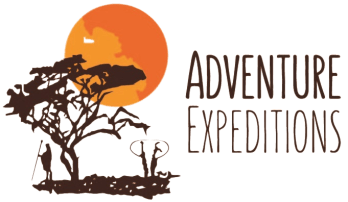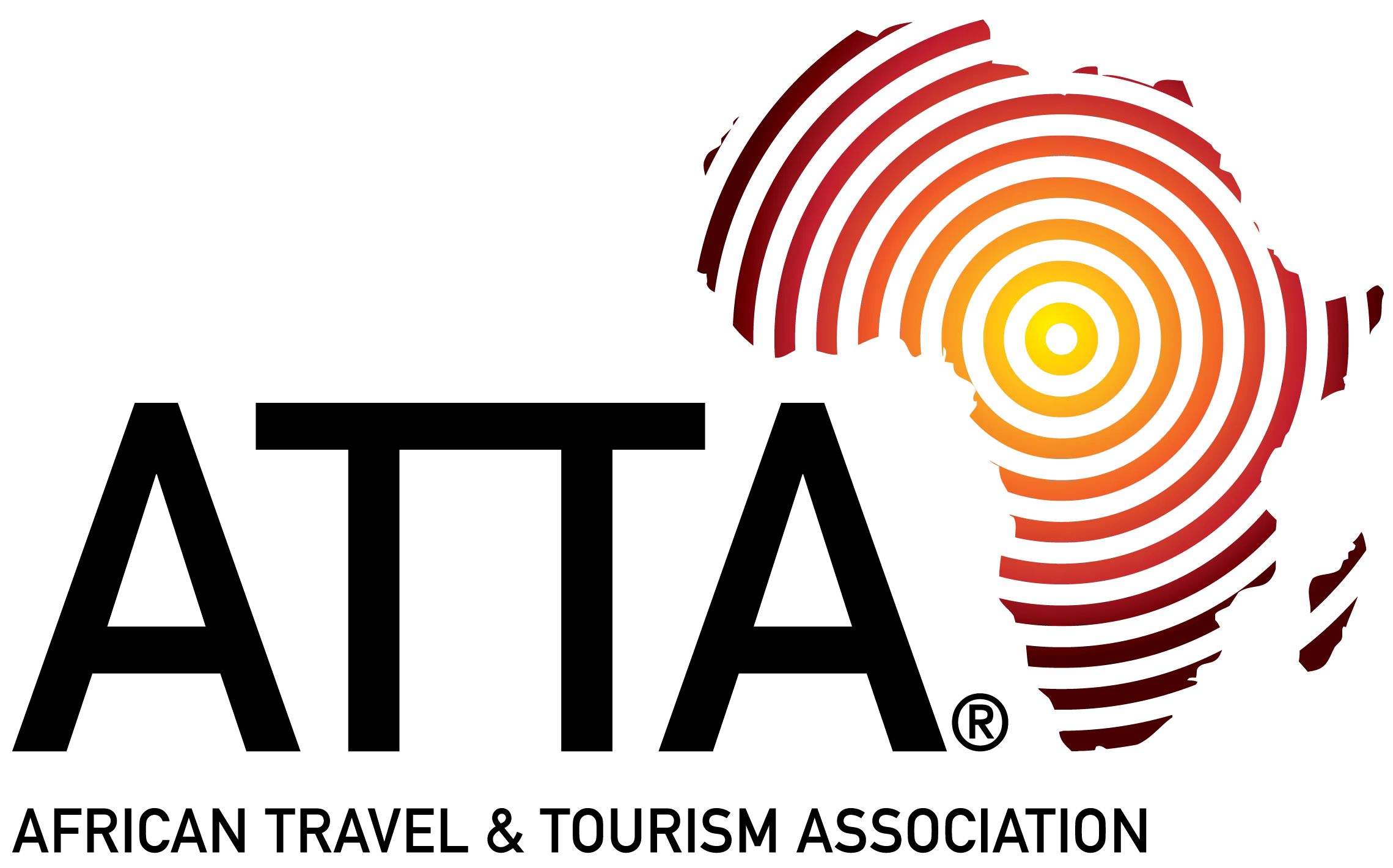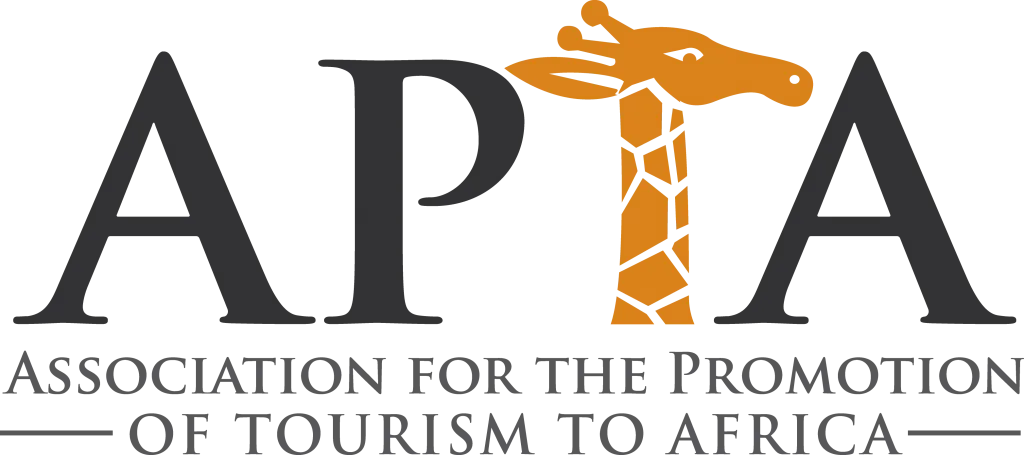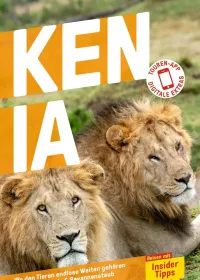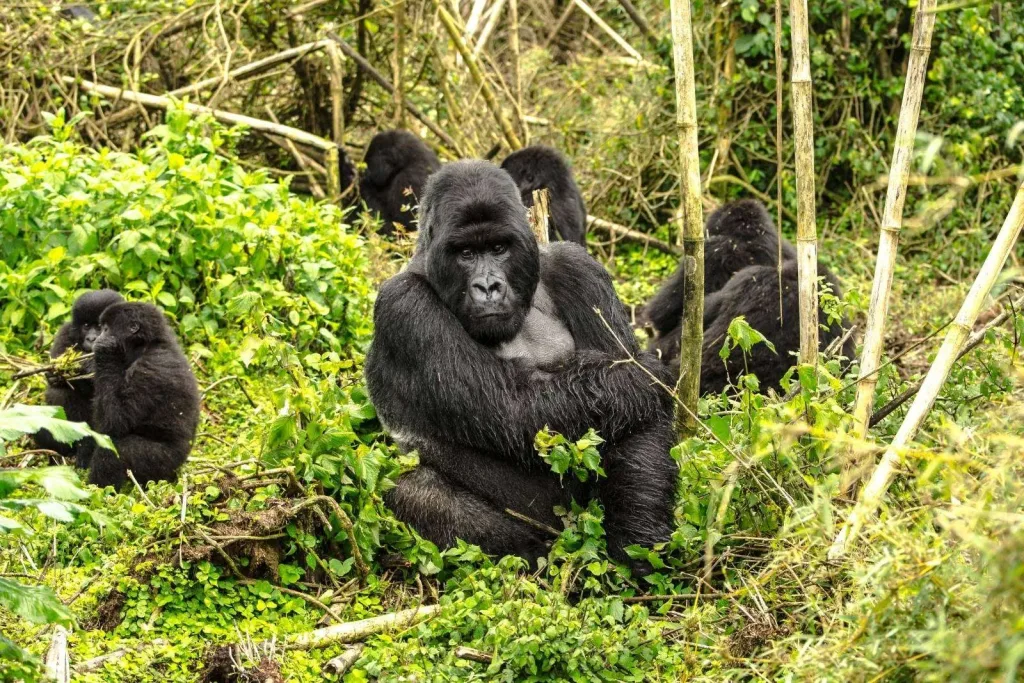
Gorilla trekking is one of the most intimate and thrilling wildlife experiences you can have. Staring into the eyes of a mountain gorilla while on foot in the misty forests of East Africa tops many travelers’ bucket lists. But what can you truly expect from this adventure?
The endangered mountain gorillas inhabit the misty, cool tropical forests at altitudes of 2,500 to 3,500 meters. These remote regions include southwest Uganda’s Bwindi Impenetrable Forest, Rwanda’s Volcanoes National Park, and parts of the Democratic Republic of Congo (DRC).You’ll trek on foot into these mountainous, jungle-covered parks in search of the gorillas, accompanied by a local guide.
Gorilla trekking permits
To minimize tourist impact on the environment and wildlife, strict controls are in place, and you must purchase a permit in advance. Permits can sell out so its best to plan and book well in advance up to 6 months to a year in advance is best.
As of 2025, permits in Uganda cost USD $800 per person, while in Rwanda they are USD $1,500 per person. Permits are cheaper in the DRC, but the area is seldom visited due to political instability.
These standard permits grant you one hour with the gorillas once located. The entire experience can last three to four hours for closer gorilla families or up to eight hours if assigned to a group farther away or seeking a more challenging trek.
In Uganda, you can also opt for a gorilla habituation permit at USD $1,500 per person, with very limited availability each day. This allows four hours with a gorilla family, offering a deeper immersion into their world.
Before the trek
Start times vary by country: In Uganda, the briefing at the national park headquarters begins at 8 a.m., while in Rwanda it’s at 7 a.m. During the briefing, you’ll meet your guides, a national park ranger, and have the option to hire porters. These porters are often locals who once relied on hunting or poaching in the forest for survival, so hiring one supports alternative employment and conservation efforts.
It’s crucial to note that if you’re ill—with a cough, cold, or any symptoms—you’ll be asked not to trek, as human illnesses can be transmitted to the gorillas. Since COVID, masking up in their presence is also required to protect them.
The trekking terrain is demanding: thick jungle, steep slopes, slippery muddy paths, and frequent rain. Porters are invaluable for assisting over obstacles like fallen logs or slick sections.
What to wear for gorilla trekking
Dress appropriately in long trousers, sturdy hiking boots, and socks to tuck your trouser ends into—this prevents insects like fire ants from crawling up your legs. Pack a hat, sunscreen, and a raincoat, as the weather can shift from chilly mornings to hot sun or sudden showers. In the forest, you’ll often grab branches and vines for balance, and some may have thorns, so bring gardening gloves for hand protection. Make sure you carry a water bottle in a small back pack as drinking and staying hydrated is very important when you are at altitude.
What Happens When You Find the Gorillas
After hours of hiking through the dense undergrowth, guided by expert trackers who have gone ahead to track the gorillas’ movements since dawn, the moment arrives. Your guide signals to slow down and quieten—the family is near. You’ll leave your backpacks behind with the porters and approach silently on foot, often with the rangers using machetes to clear a final path through the foliage.
The first glimpse is breathtaking: perhaps a silverback male, the family’s imposing leader weighing up to 180 kilograms, lounging in a clearing or munching on vegetation. As you settle in at a respectful distance (guidelines mandate at least 7 meters, though curious gorillas may approach closer), the scene unfolds like a private window into their world. You’ll observe intimate family dynamics—mothers grooming their young, juveniles playfully playing, or the group foraging for leaves and stems. Locking eyes with a gorilla can feel profoundly connective, almost spiritual. Many describe it as life-changing: a mix of awe, humility, and emotional intensity that creates a sense of kinship with these gentle giants.
Strict rules ensure safety and respect: no eating or drinking near them, no flash photography, speak in whispers, avoid direct eye contact if it agitates them, and never touch—even if they come near. The hour passes quickly, but the memories—of a baby gorilla reaching out curiously or the silverback’s calm gaze—linger forever. If on a habituation experience, the extended time allows for observing more behaviours, like nesting or social interactions, deepening the encounter.
Tipping Guidelines for Trackers, Rangers, and Porters
Tipping is customary in Uganda and Rwanda, as it supplements the modest incomes of those who make your trek possible. It’s a way to show gratitude for their hard work in navigating challenging terrain, ensuring safety, and sharing knowledge. Tips are typically given in cash (USD is preferred, in small denominations) at the end of the trek, either individually or pooled for the group.
- Porters: These essential helpers carry your gear and assist with balance on slippery paths. A fair tip is $10–20 per person, on top of their hiring fee (around $20–25).
- Trackers/Guides: The lead guide and advance trackers locate the gorillas and interpret their behaviors. Tip $15–30 per person for the main guide, and $5–10 each for additional trackers.
- Rangers: Armed rangers provide security and enforce park rules. A tip of $5–10 per person is standard.
For larger groups, consider pooling tips to distribute evenly. Always tip based on service quality, and remember that your generosity supports local communities and conservation. If unsure, consult your guide or ask Adventure Expeditions for specific recommendations.
